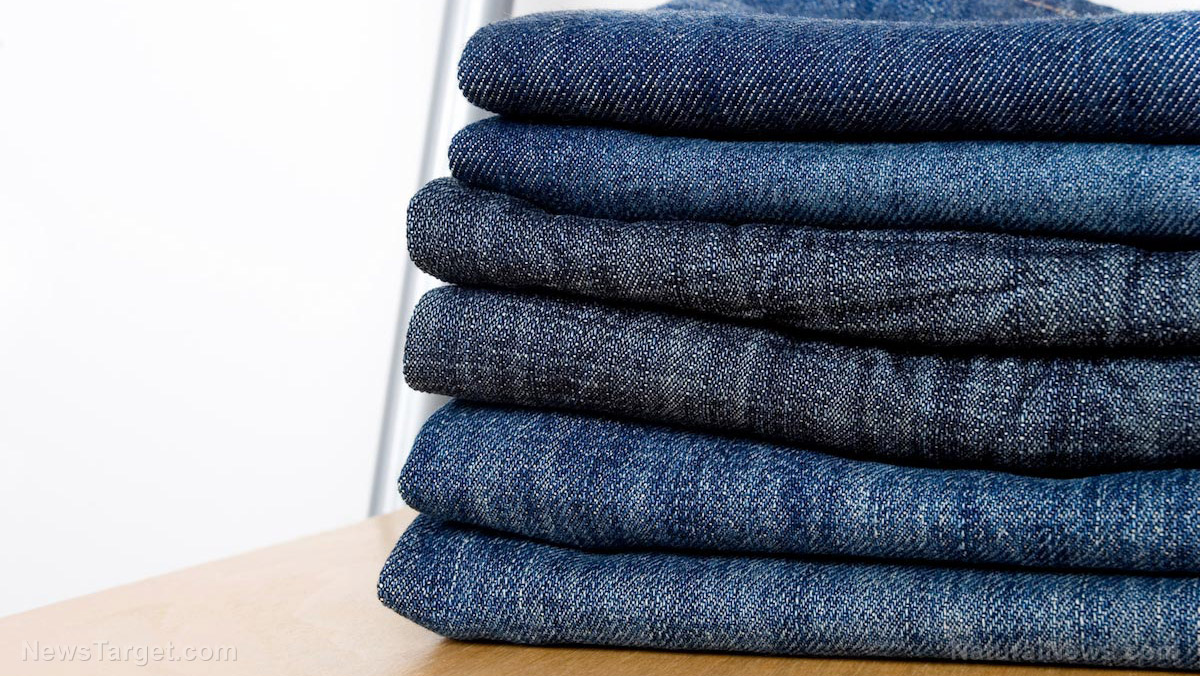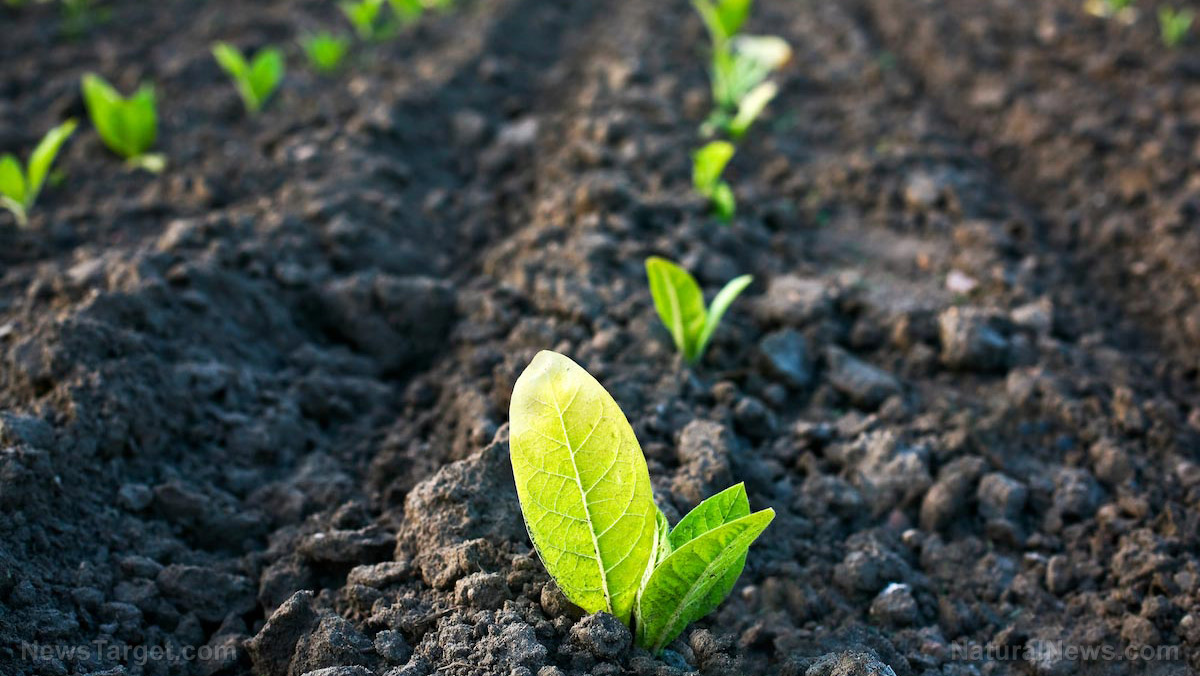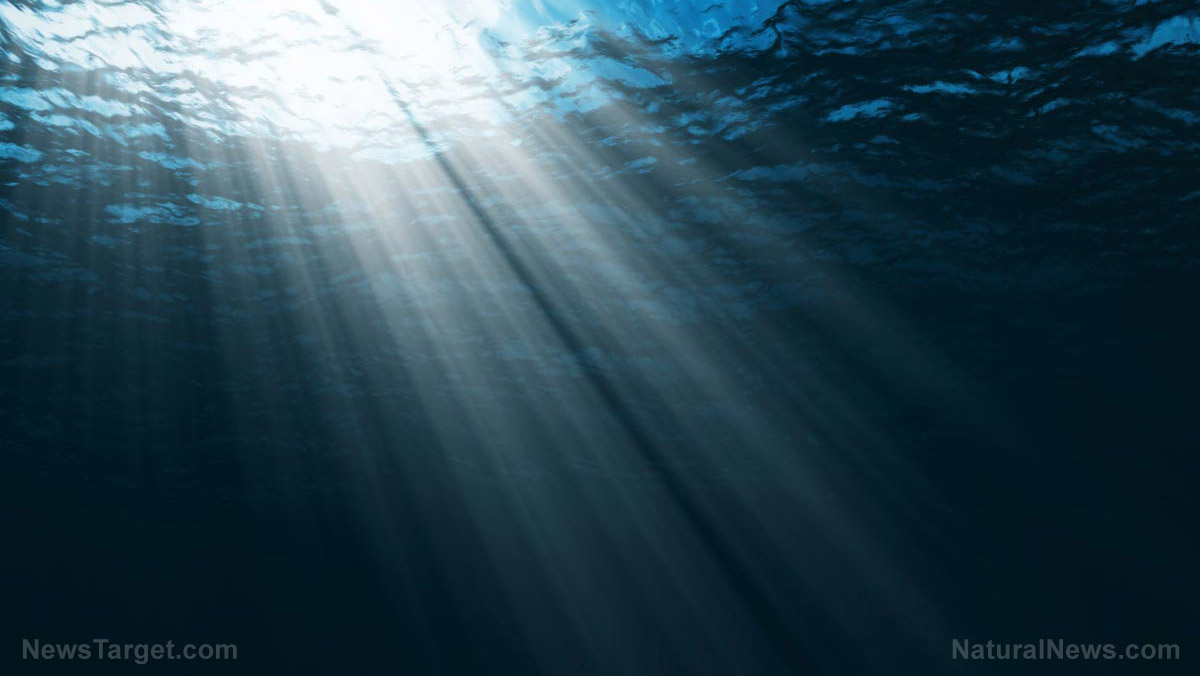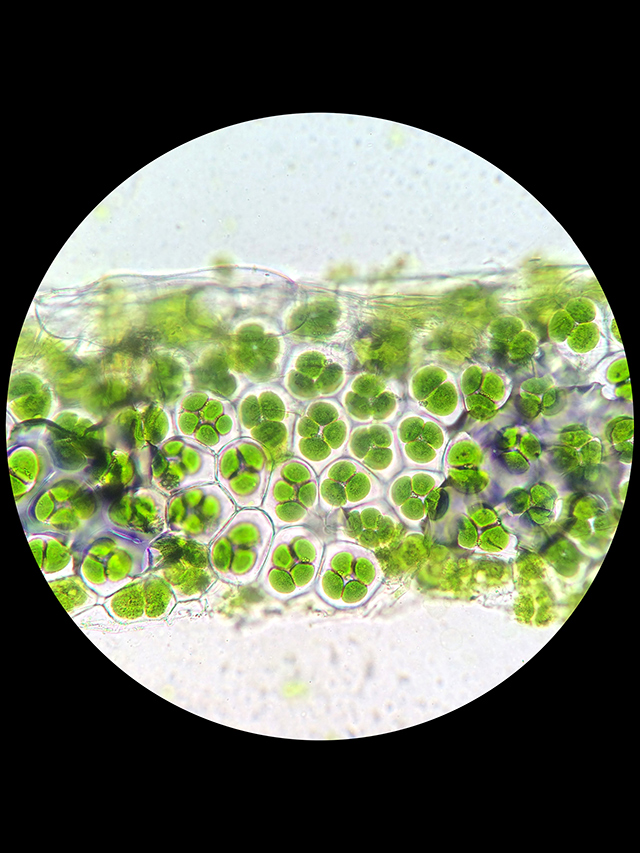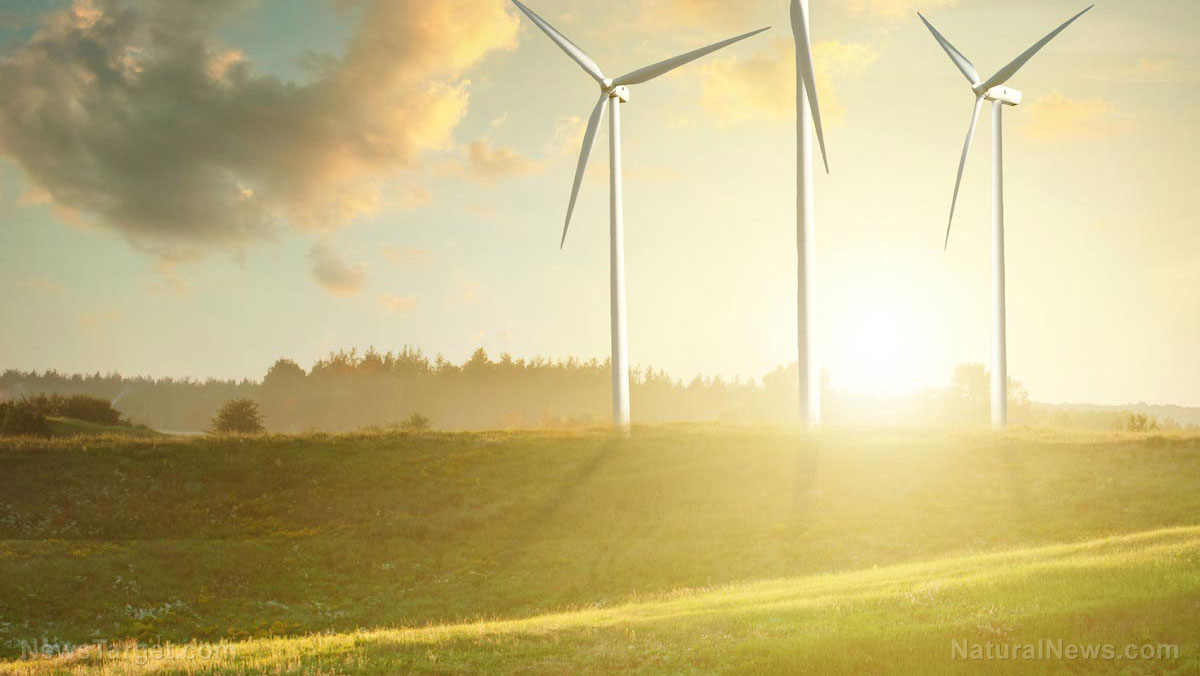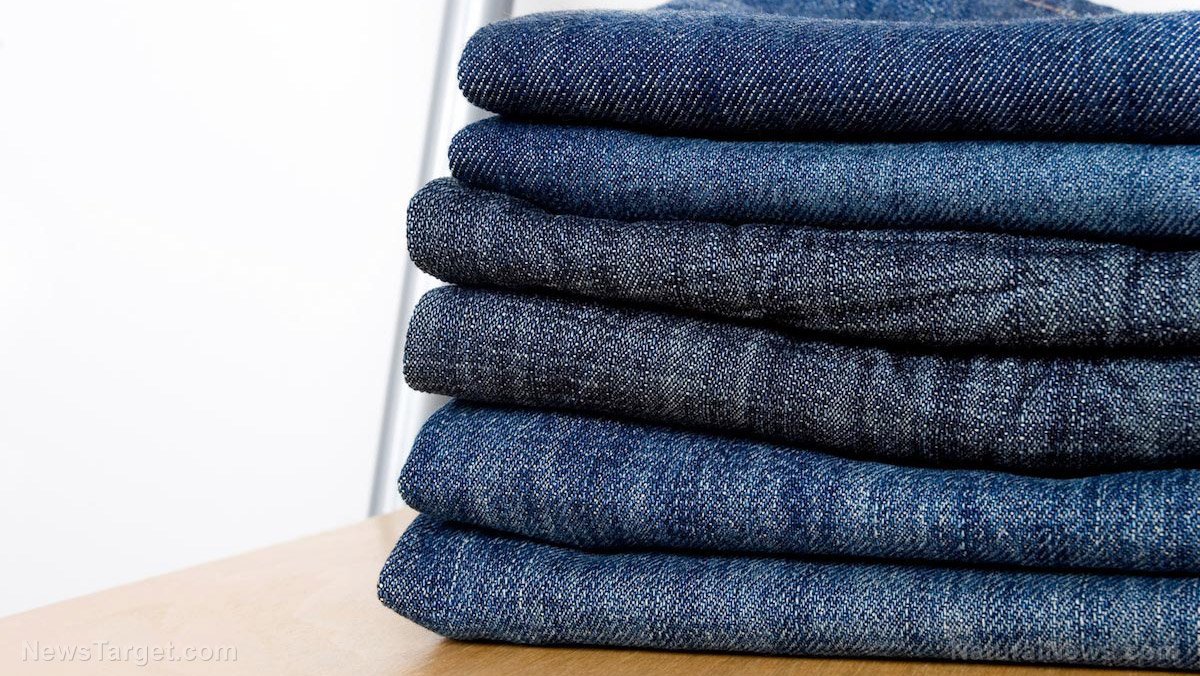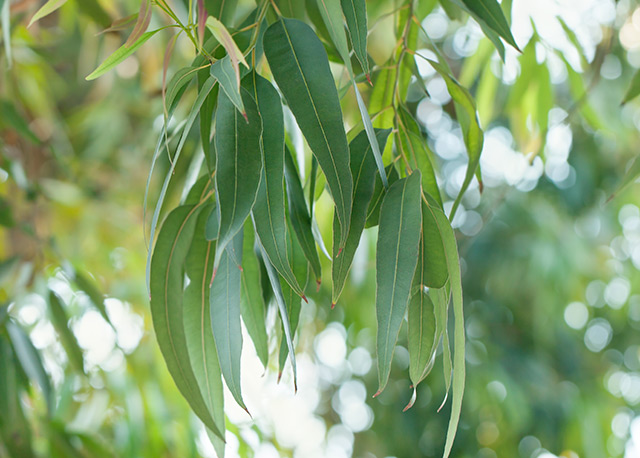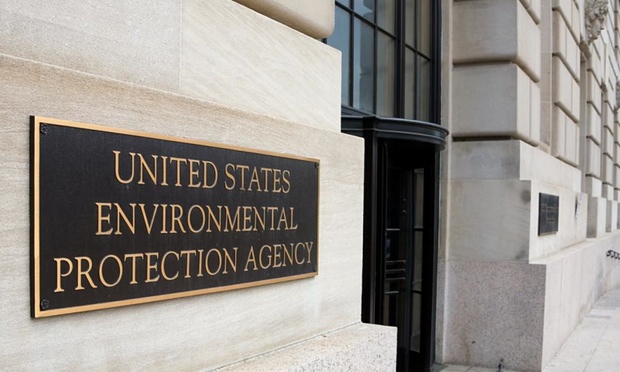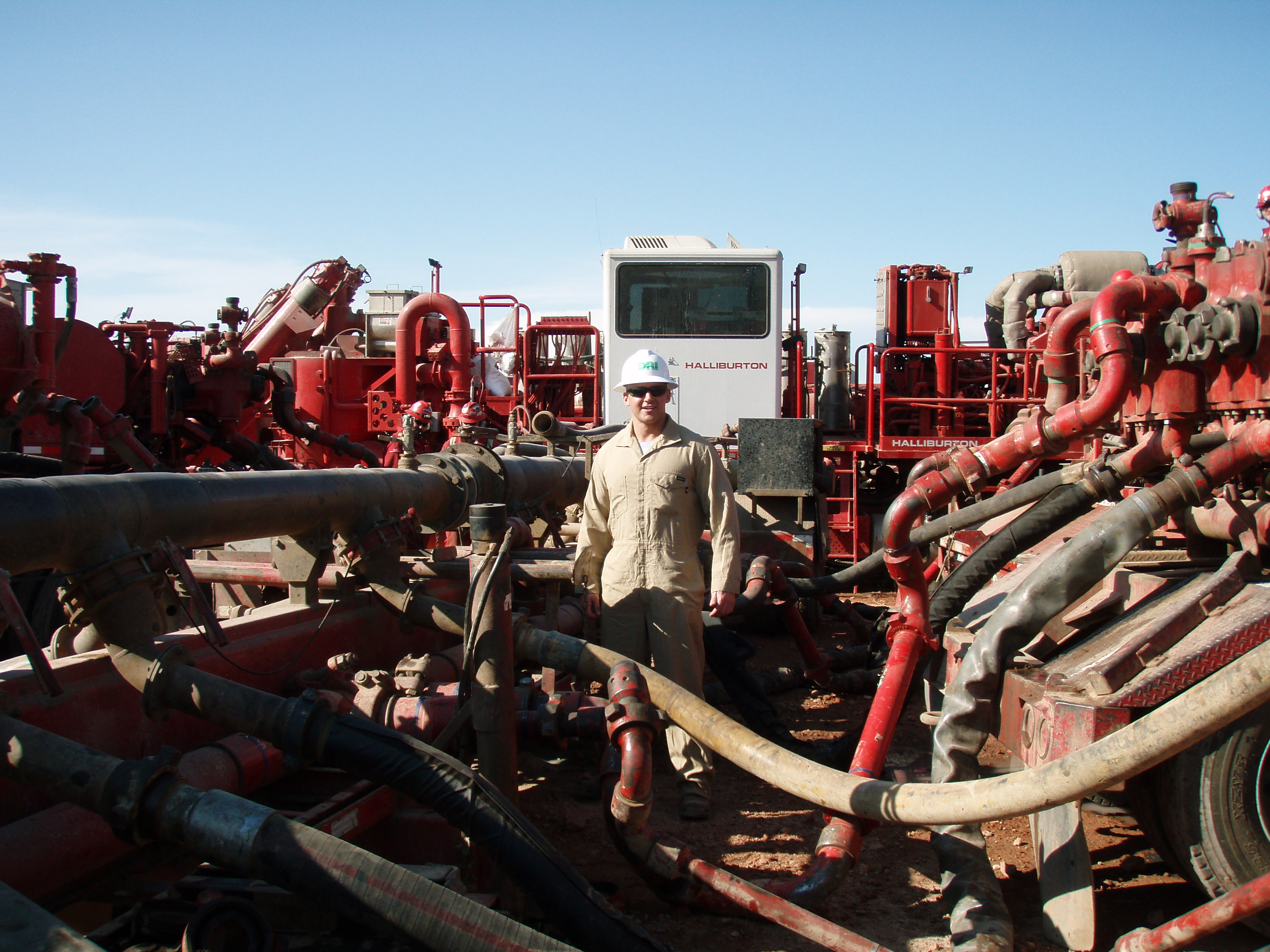Microfibers may be tiny, but their impact is nothing short of massive.
A number of studies over the years have produced a wide array of facts and figures that demonstrate the extent of their impact. For instance, the researchers behind a 2011 study found that microfibers account for a considerable portion of man-made debris polluting shorelines – about 85 percent. A huge chunk of those microfibers was believed to have come from clothing, as evidenced by the fact that the microfibers contained in effluents were comprised largely of polyester (67 percent) and acrylic fibers (17 percent). In fact, the researchers estimated that a single garment can shed more than 1,900 microfibers with every wash.
A later study appeared to support this. In 2017, an undergraduate student from the University of Washington sampled 12 beaches across Puget Sound and discovered that they all contained microplastics. Specifically, each three-foot-square sampling plot was awash with an average of 1,776 pieces of microplastics. Classifying the microplastics into groups revealed that the biggest offenders were microfibers, which were estimated to make up 73 percent of identified microplastics.
“I wasn’t expecting to find so many fibers,” said author Frances Eshom-Arzadon, an oceanography senior at the time of the study. “When people do laundry, all their effluent with those microfibers is getting washed out. Those fibers come off clothes and get washed out already in the size of microplastics, so they can’t be filtered out.” (Related: Simply washing your clothes pollutes the world with microplastics, so stop buying synthetic fibers.)
What can be done?
In a bid to solve the microfibers problem, some organizations have taken matters into their own hands.
Langbrett is one such group. This Berlin-based collective of surfers and nature lovers achieved international recognition when they put out Guppyfriend, the world’s first microfilter laundry bag. Guppyfriend works by trapping microfibers in its mesh material. The microfibers, invisible to the naked eye at first, accumulate with continuous use of Guppyfriend until they become visible enough to be taken out. Langbrett co-founder and managing director, Alexander Nolte, told APNews.com that Guppyfriend was created to be an affordable, easy-to-use, and practical way for normal people to lessen the weight of a pressing issue. “Blaming industry or government won’t solve the problems. Buy less and better; wash less and better,” Nolte remarked.
The Cora Ball is similar to the Guppyfriend in that it collects microfibers in the washing machine. What makes it different is that it’s a multi-colored laundry ball instead of a laundry bag, so microfibers get tangled up into fuzzy little balls inside of the Cora Ball’s coral-shaped appendages. Although it’s unsuitable for delicate clothing (such as those made from lace or fine fabrics), the Cora Ball works excellently with everyday wear.
Anyone who wishes to buy either product can expect to put down a tidy amount. The Cora Ball costs around 29.95 U.S. dollars and ships internationally. American clothing company Patagonia sells Guppyfriend for 29.75 U.S. dollars and also does international shipping.
Speaking of these products, microfiber pollution researcher, Kristen Kapp, commented: “The products serve to bring attention to a form of pollution unknown to most people. We are learning more and more every day about the risk that microfibers and microplastics have in our aquatic habitats and wildlife species. I think it’s something people should be aware of.”
Visit Environ.news for more studies or news stories revolving around microfibers and their impact on the environment.
Sources include:
PlasticSoupFoundation.org
Washignton.edu
APNews.com

